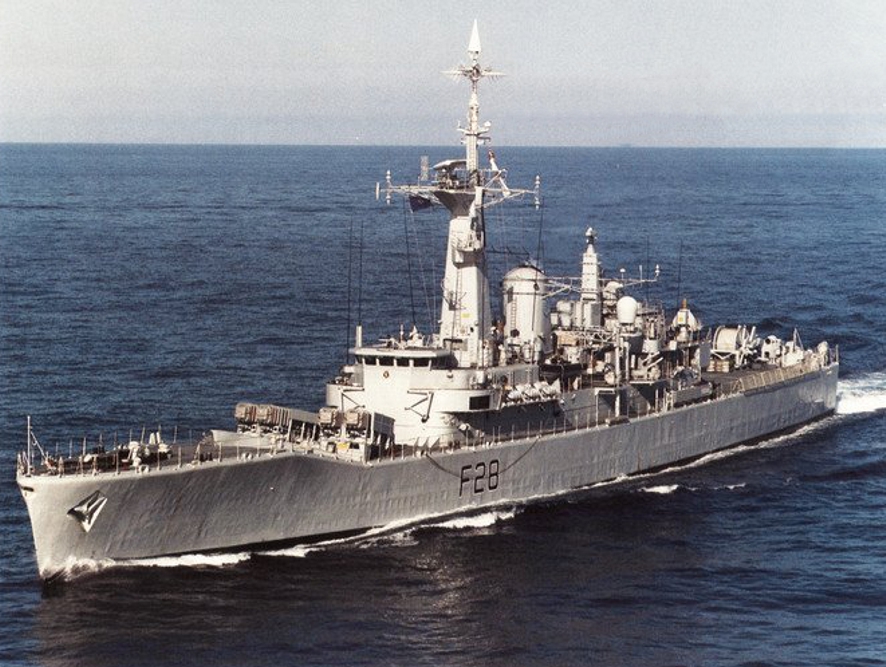THREAD:
Through the 1970s and early 1980s the Royal Navy extensively retrofitted the Leander class of frigates to carry a range of more modern weapons systems and sensors.
So, what did it cost to convert one of these:
/1
Through the 1970s and early 1980s the Royal Navy extensively retrofitted the Leander class of frigates to carry a range of more modern weapons systems and sensors.
So, what did it cost to convert one of these:
/1

The answer, it turns out, is an eye-watering amount of money.
Here's a breakdown of the Leander retrofits (Yellow) compared with some other major modifications to ships already in service (Blue) as well as the new build programmes running from 1968-1985. Costs are in 1985 £./3
Here's a breakdown of the Leander retrofits (Yellow) compared with some other major modifications to ships already in service (Blue) as well as the new build programmes running from 1968-1985. Costs are in 1985 £./3

Immediately you can see that the Leander retrofit program was enormous, over twice the cost of a number of other major retrofit programmes conducted at the time combined, all of which involved significant changes to to large ships, or capital ships./4
These included the modification of the Tiger class gun cruisers to act as helicopter platforms, the modification of HMS Ark Royal (RO8) to operate the new Phantom aircraft, the addition of the Exocet missile system on the County class destroyers & the conversion of HMS Hermes./5 




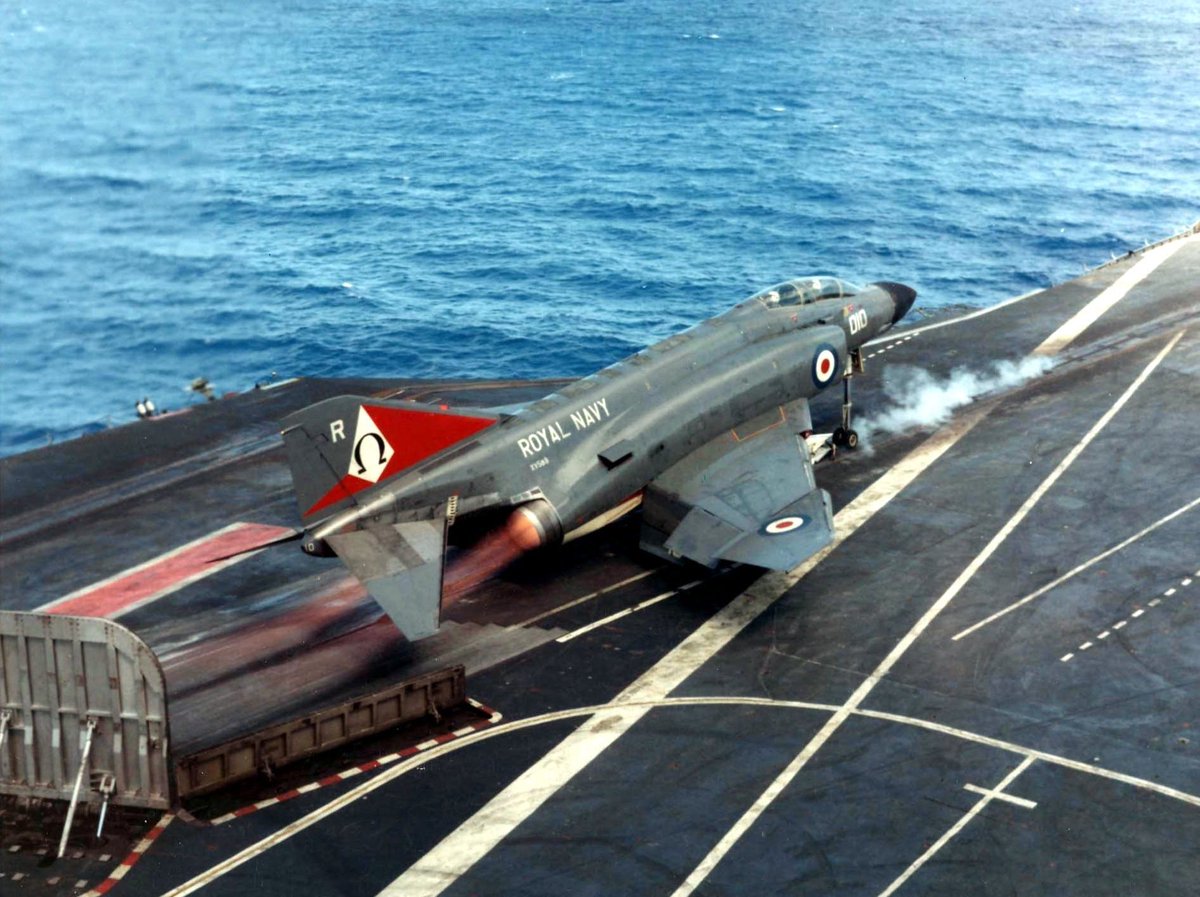


The Leander retrofit program accounted for approximately a quarter of all the money the Royal Navy spent on its surface escorts from 1968-1985. inclusive of increasingly expensive new-builds such as the Type 22 Frigates and Batch 3 Type 42 Destroyers./6 


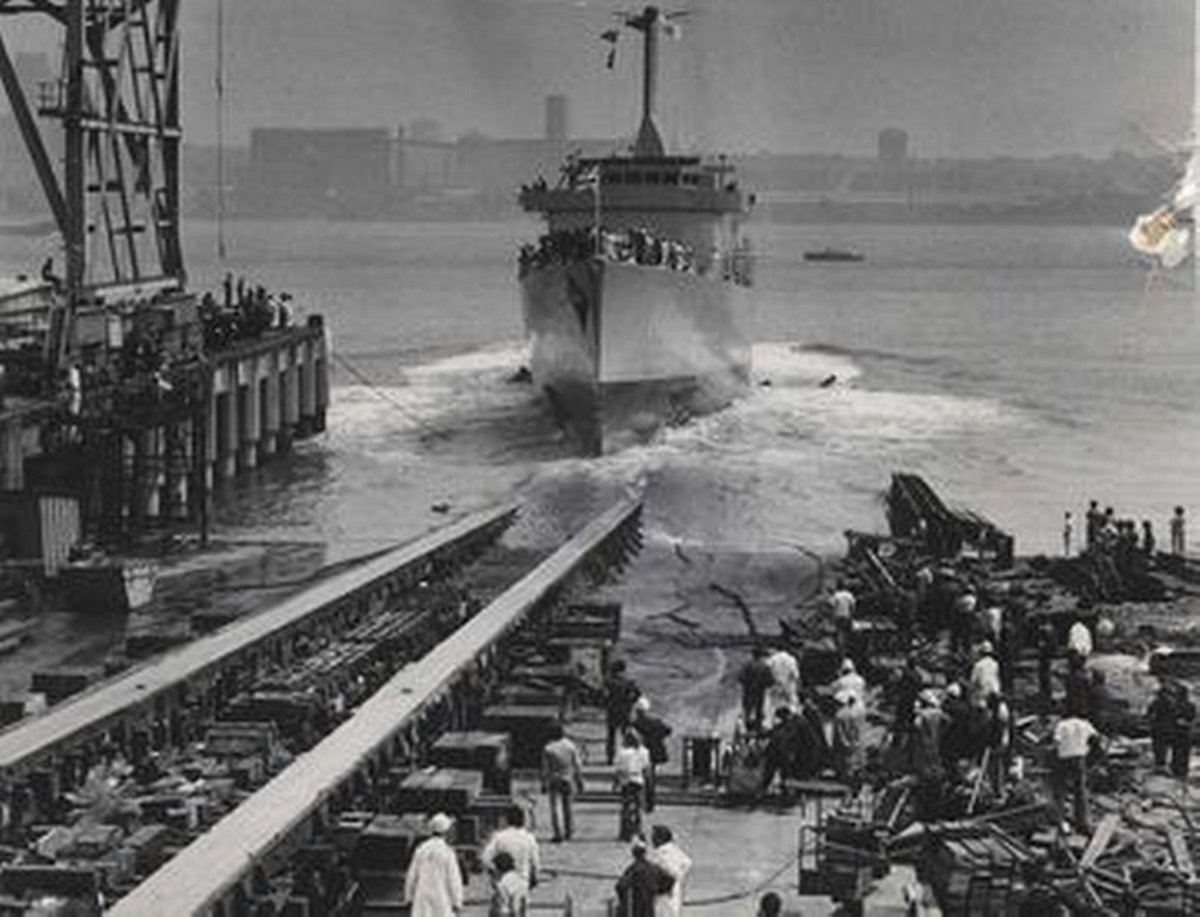
It cost approximately 1/3rd more to retrofit the Leanders than it did to build eighteen new frigates of the Batch 3 'Broad Beamed' Leander and Type 21 Amazon classes./7 

So what did all this actually buy the navy in terms of capabilities?
The first eight ships received the Australian Ikara anti-submarine rocket, essentially an early torpedo thrower similar in conception to the American ASROC system./8
The first eight ships received the Australian Ikara anti-submarine rocket, essentially an early torpedo thrower similar in conception to the American ASROC system./8

Unfortunately the control and computer systems for Ikara were so heavy and bulky that in order to generate the weight and space necessary to carry it the ships had to lose their primary air search radar. And, of course, the missile was fitted in place of the 4.5" gun mount./9 


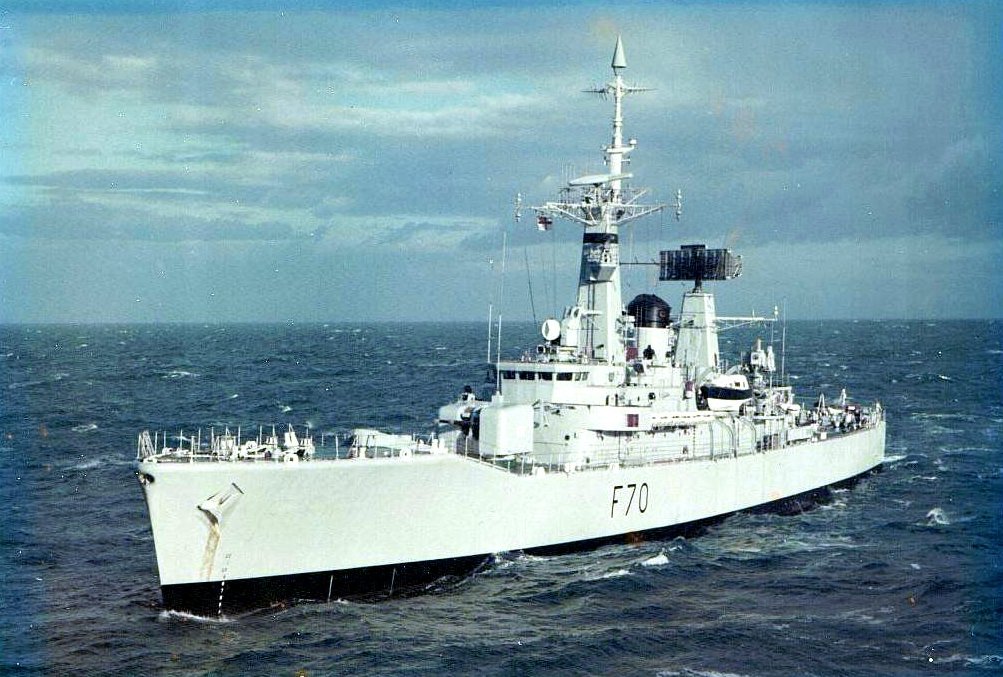
These were, however, the cheapest of the conversions overall. Converted between 1970 and 1978 and costing between £26m and £40m each (1985 prices)./10
Next up were the 7 ships of the 'Batch 2' conversions, which received the Exocet anti-ship missile system in place of the 4.5" gun as well as a quadruple mount for the (notoriously ineffective) Seacat short range anti-aircraft missile system, which was fitted aft./11 

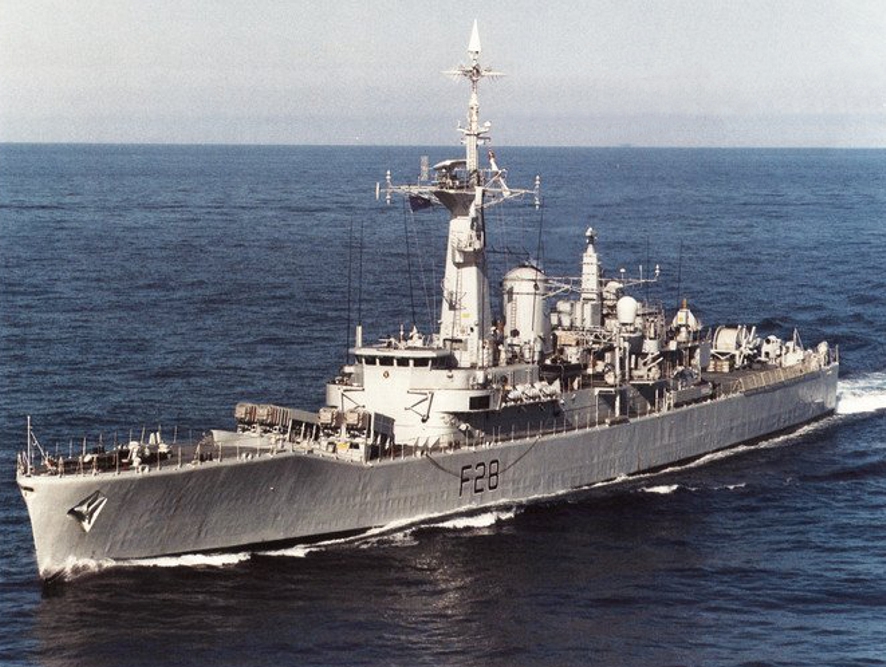

These were converted between 1973 and 1982, costing somewhere between £36 and £54m each (1985 prices)./12
Five further ships, Andromeda, Charybdis, Jupiter, Hermione and Scylla were taken in hand between 1978 and 1984 for the most ambitious and costly of all
the conversions, receiving both the Exocet and Seawolf missile systems as well as the its associated Radar: Type 967/968
/13
the conversions, receiving both the Exocet and Seawolf missile systems as well as the its associated Radar: Type 967/968
/13

These conversions in particular were, to put it bluntly, extremely expensive. Costing between £69.5m and £86m (1985 prices), comparable to a brand new Batch 1 or 2 Type 42 Destroyer./14
These retrofits proved so costly in no small part due to the small size of the Leanders, often the need to conduct extensive repairs to their hulls to extend their lives and the limited margins for weight and space./15 

The whole Endeavour is, in all honesty, probably rather questionable.
To put this into perspective the Leander retrofit program cost more than every single new-build program run by the Royal Navy from 1968-1985 with the sole exception of the Type 42 Destroyers./16
To put this into perspective the Leander retrofit program cost more than every single new-build program run by the Royal Navy from 1968-1985 with the sole exception of the Type 42 Destroyers./16
This does not, by the way, reflect the full cost of retrofitting the Leanders. Not least because they built the large, modern, frigate refit complex in Devonport to conduct them./17 



Also because my figures presently exclude the cost of the five Leanders converted to carry the Type 2031Z Towed array sonar between 1981 and 1986, due to my limited access to data on these refits.
(anyone who thinks they can help here, please get in touch!) /18
(anyone who thinks they can help here, please get in touch!) /18
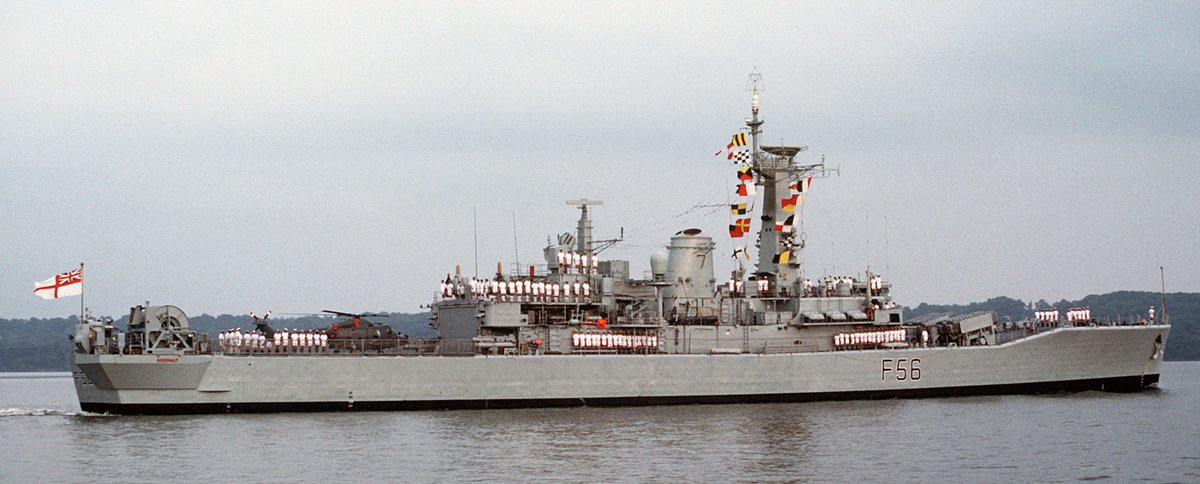
They also do not include the modification to HMS Juno that removed her weapons and converted her into a navigation training ship between 1981 and 1985. Again, due to a lack of data./19 
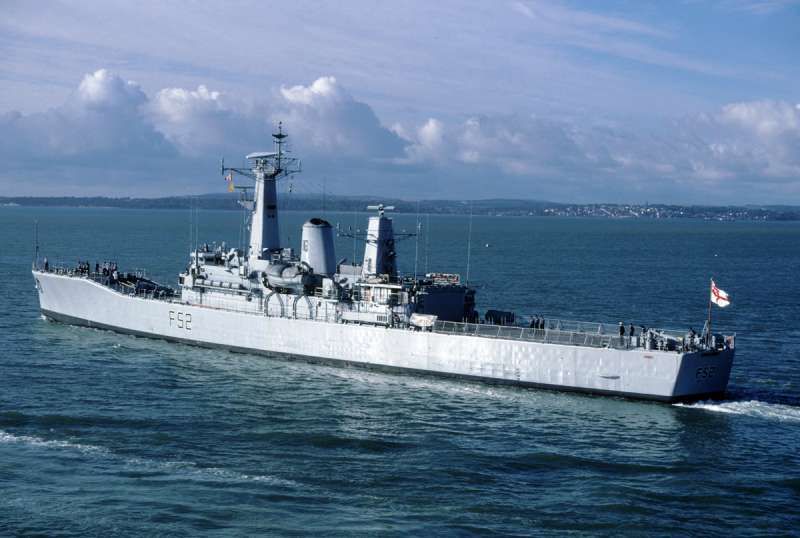
It is fair to say that these retrofits were extremely expensive in the grand scheme of things for the Royal Navy of the 1970s and early 1980s, but what did all that expense actually buy them?/20
The brutally honest answer is, not a lot. Most of the first two batches of conversions - Ikara and Exocet/Seacat - served for about a decade before being decommissioned. The five most expensive Seawolf/Exocet conversions served ~9 years before sale or scrapping./21 

The new capabilities inserted into these ships were, at best, limited and came at the expense of other major items of equipment - not least their 4.5" gun mounts and Type 965 radars. The towed array ships were, reportedly, decent in that role, but also served short lives./22
While many look back at the Leanders fondly, and it is unquestionable that they were useful ships that provided good service, in my view the class massively outlived its usefulness and ultimately proved a millstone about the navy's neck./23
What did it cost in the end?
Equivalent to:
-Twenty Four Hunt class MCMVs
or
-Twenty Type 21 Frigates
or
-Fifteen Batch 1 Type 42 Destroyers
or
-Six to Eight Type 22 Frigates
or
-Three (and a half) Invincible Class Carriers
/24
Equivalent to:
-Twenty Four Hunt class MCMVs
or
-Twenty Type 21 Frigates
or
-Fifteen Batch 1 Type 42 Destroyers
or
-Six to Eight Type 22 Frigates
or
-Three (and a half) Invincible Class Carriers
/24
The simple answer: probably too much.
Despite the nostalgia and the lovely lines of the Leander class, we should probably have progressively retired them through the 1980s.
They were fundamentally too small, too expensive to convert and too limited in what the £ bought us./
Despite the nostalgia and the lovely lines of the Leander class, we should probably have progressively retired them through the 1980s.
They were fundamentally too small, too expensive to convert and too limited in what the £ bought us./
Leander wasn't 'the most successful class of RN frigates since WW2', as has been touted for a very long time. A 1960s design that arrived at a point of major transition in warship weapons and sensors and which couldn't accommodate the new equipment without severe compromises./26 

Which cost the RN enormously in the paths not taken with such a significant investment through the 1970s and 1980s.
Engaging Strategy, out.
/27
Engaging Strategy, out.
/27
@Artemisapphire @alessionaval @AlexLuck9 @edin_thinker @DavidLarter @c21st_sailor @DefenceViper @thinkdefence @UKDefJournal @fightingsailor @LatestMessiah @Gabriel64869839 @geoallison @pinstripedline @CovertShores @kejamieson_ @kjatsea @NavyLookout
• • •
Missing some Tweet in this thread? You can try to
force a refresh

